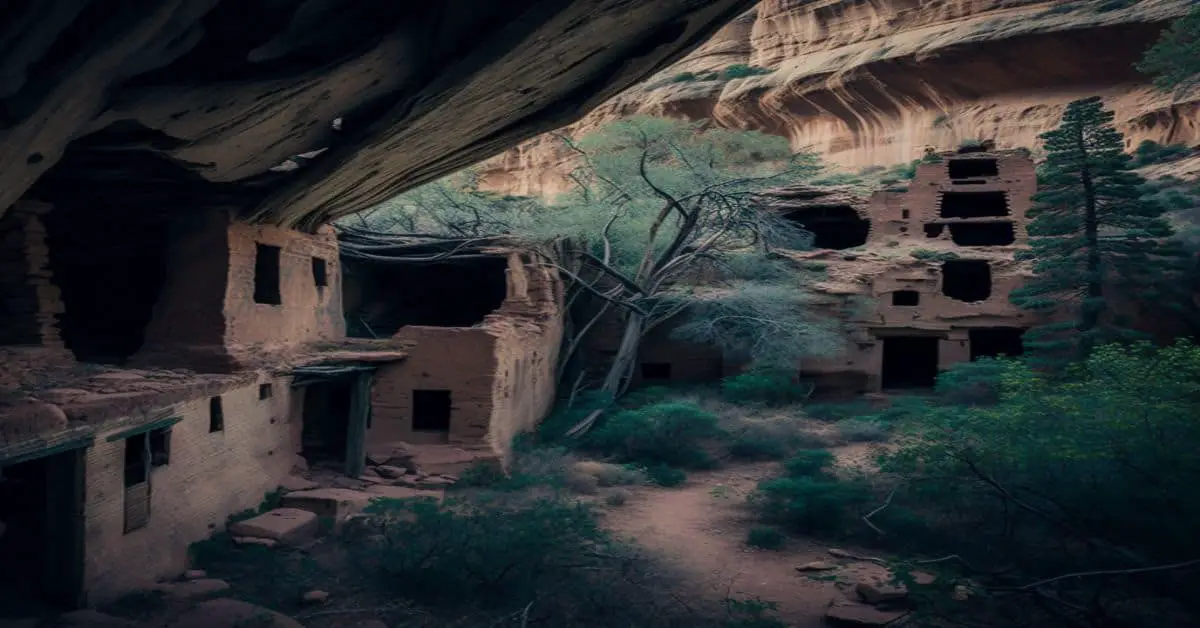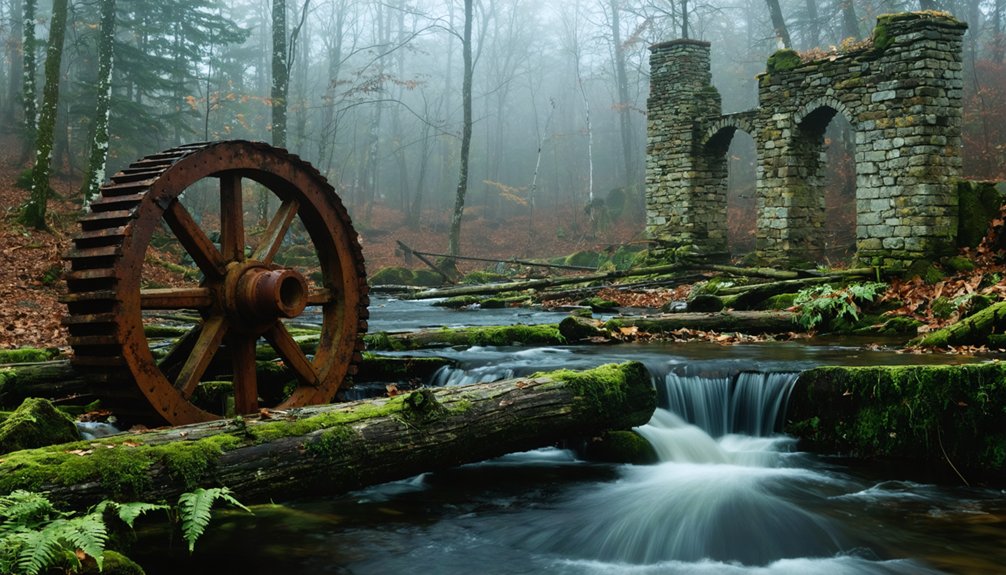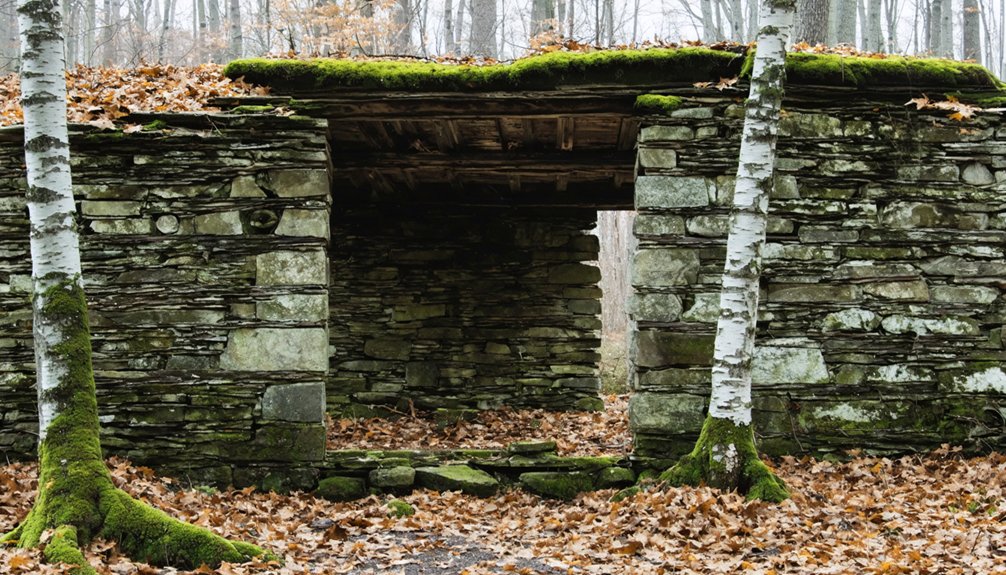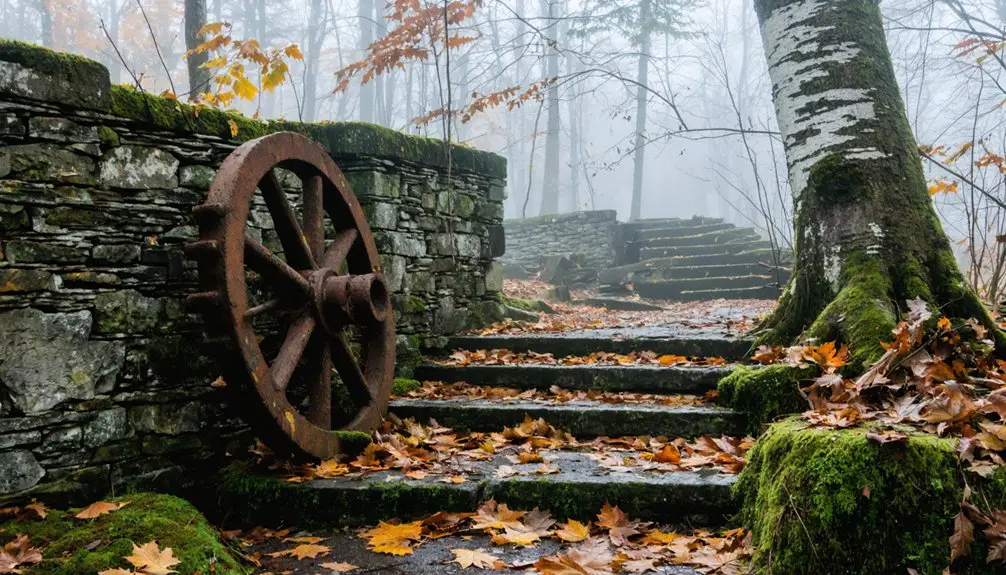New Hampshire was one of the first thirteen colonies and the 9th to ratify the U.S. Constitution.
There are at least 10 ghost towns in New Hampshire. Multiple lists have varying numbers, but the total count is still incomplete.
Separating from Massachusetts in 1680, it carved the way for the small state of New Hampshire on the map. As the 9th state to ratify the U.S. Constitution, New Hampshire entered statehood on January 5, 1776, and made history again when it was the first state to implement its own state constitution. Before the name change to New Hampshire, the state was known as North Virginia.
Kilkenny, New Hampshire
Jonathan Warner was granted the township of Kilkenny in Coos County on June 4, 1774. By 1840, Kilkenny had 19 residents. Boundaries of Kilkenny land were adjusted and changed throughout the years, including parts of Jefferson Highland, Lancaster, Mount Waumbek, Pliny Mountain, and other uninhabited areas. The extensions of the boundaries are known as Kilkenny Additions.
A topographic map from 1935 shows where the Upper Ammonoosuc Trail crossed Kilkenny along Priscilla Brook, but that trail is believed to have changed names to the Priscilla Brook Trail as detailed in later printed New Hampshire trail maps.
The once-full Willard Bowl north of Mount Waumbek was drained and planned to be used as a ski area in 1971 when former governor Hugh Gregg owned the land. By 1935, the railroad tracks that went through the township were gone.
Livermore, New Hampshire
Hidden in the middle of the White Mountain National Forest, a town has been abandoned for over sixty years. Named after Samuel Livermore, Livermore, New Hampshire, was established by two brothers in 1876. The Saunders brothers founded the logging town to eventually include a mill, railroad, store, school, and housing for inhabitants.
After a small beginning, the town quickly grew to around 200 people by 1900. The lumber business was proving itself to be extraordinarily successful for the townsfolk. Still, like all good ghost stories, there had to be something unfortunate to happen to start a downward spiral of bad luck.
The death of the Saunders brothers was the first of multiple events that would leave Livermore in ruins. When the brothers died, the town and all lumber operations were left to an attorney who was not qualified to take on such a big responsibility.
As the town fell apart, the population dropped to 98 by 1920. Next on the list of unfortunate events, a large fire destroyed the mill, followed by the town’s only train on the Sawyer River Railroad falling into the river.
Misfortune continues in 1927 when a vast flood hits the town and takes out the entire railroad. Three years later, in 1930, the population dropped to a staggering 23. The individuals and families still residing in Livermore tried to make it work to their advantage and hung on as long as possible.
However, throughout the 1930s, it became apparent all the good trees had been cut down. The purpose of the town was lost. By 1940, only four people remained, with the last resident to leave in 1949.
Livermore was officially abandoned and consistently recorded a zero population through the end of the century, but in 2000, the census record will read a population of three. Three people did not reside in Livermore, and the story does not continue as a scary ghost story but rather a fascinating, almost funny, clerical error.
While most of the White Mountain National Forest is federal land, a small percentage, around 10% or less, is public-owned land. A family that has held on to a parcel of land in Livermore built a cabin that is used for summer camping.
When a census worker found his way to the house, he marked the family of three as Livermore residents and entered the data into official census records. There have been rumors that the family was interested in building more houses on their land parcel and bringing Livermore back to life.
Zealand, New Hampshire
Zealand, New Hampshire, a logging town, was established in 1880 by James Everell Henry. Zealand was located near the famous town of Carroll, honorably named after Charles Carroll, one of the Declaration of Independence signers.
By 1884, Zealand had a valley railroad that extended 10 miles and would be used to transport lumber from the forest to the town. There was also a post office, boarding house, store, a large mill, five charcoal kiln, and other buildings. Henry built a 200-horsepower mill large enough to employ hundreds of men. As seasons change, the mill employs between 85 and 250 men at one time.
As what happens to most lumber towns, once the trees had been cut down and there was less of the forest to work with, in 1892, Henry moved most of his lumber operations to Lincoln. George Van Dyke remained in Zealand, leased some land and the mill from Henry, and built the Little River Railroad completed in 1893. Disaster struck in May of 1897 when a large fire ripped through the town. Any remaining lumber in the area was gone, along with the railroad. By 1900 Zealand had been abandoned.
Carrigain, New Hampshire
Carrigan was once a booming lumber town that was incorporated in 1891. Just a few miles from Livermore, the town was set up to utilize the Saco Valley Railroad to transport lumber. The town boasted the Garman’s mill, railroad station, school, churches, boarding houses, stores, and other businesses.
Only seven years later, in 1898, most mature trees were cut, the mill closed, the railroad discontinued services, and the town was abandoned. Foundations and railroad tracks are all that are left to be found.
In 1753, a man purchased 30,000 acres of land and founded New Chester. Unfortunately, there were several other locations in the area already named Chester. The former governor of New Hampshire, Isaac Hill, forced the men to change the town’s name to Hill, New Hampshire. Being established next to the Pemigewasset River was the ideal location for multiple mills to begin operating.
The town’s population grew into the hundreds while businesses, churches, and a schoolhouse were built. The downside of being next to the river was later discovered as frequent flooding would occur. In 1937, the Army Corps Engineers started constructing a dam.
By 1941, the entire town of Hill was relocated to higher ground. The original town of Hill, now a part of Franklin Falls Reservoir, is said to have old foundations, footpaths, and paved ways to explore.
More Ghost Towns Nearby
Dogtown, Cape Ann, Massachusetts, was a settlement with nearly 100 families founded in the 1600s. The Revolutionary War introduced an economic boom in fishing and marine industries. Unfortunately for the town, the War of 1812 changed the settlement from a prosperous fishing town to a pirates’ hideout. As the town’s reputation started making headlines, even the lowest and worst residents decided to move out and abandon the location.
Leaving pets behind, the name Dogtown was coined due to the number of dogs that roamed the streets after their owners had left. The last of the buildings were demolished in 1845. The public currently uses the land for hiking, but cellar holes from previous buildings can create an unsafe hike if not paying attention.
Hanton City, Rhode Island, has been called by many names over the years, including Ghost City and Haunted City. Rumors have circled of the town being founded to quarantine plague victims or started by escaped slaves, but historians believe in another, more feasible, story of the town. The town’s real history is based on three families that received the land as payment for fighting in King Philip’s War.
One of the families was the Hanton family, which the town is named after. Inhabitants of the town were known to work in nearby stone quarries and make shoes as primary income sources. As the Industrial Revolution started to pave new ways for work, factories that made shoes surpassed the amount that could be made by hand. When the quarries closed, Hanton’s final income source disappeared, forcing residents to move and abandon the town.
Glastenbury, Vermont, has gained a reputation over the years since it was founded over 100 years ago. Residents did not stay long in Glastenbury until after the Civil War when a logging company moved into the area and offered work turning logs into charcoal.
The town was seeing success finally, but by the 1880s, all the mature timber had been cut down, and with work no longer available, residents had to move on. Another reputation that haunts Glastenbury is the stories of hikers mysteriously disappearing and reports of Bigfoot sightings.



